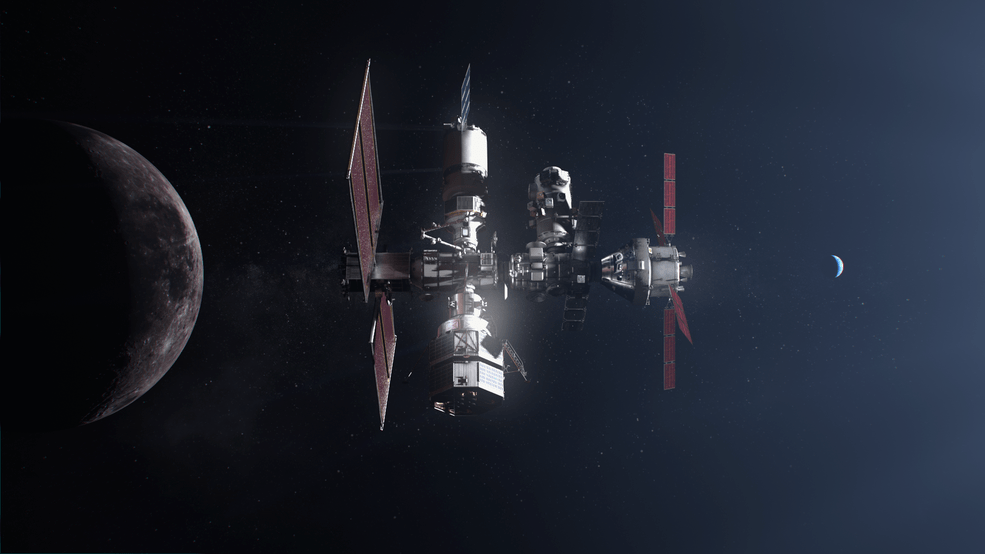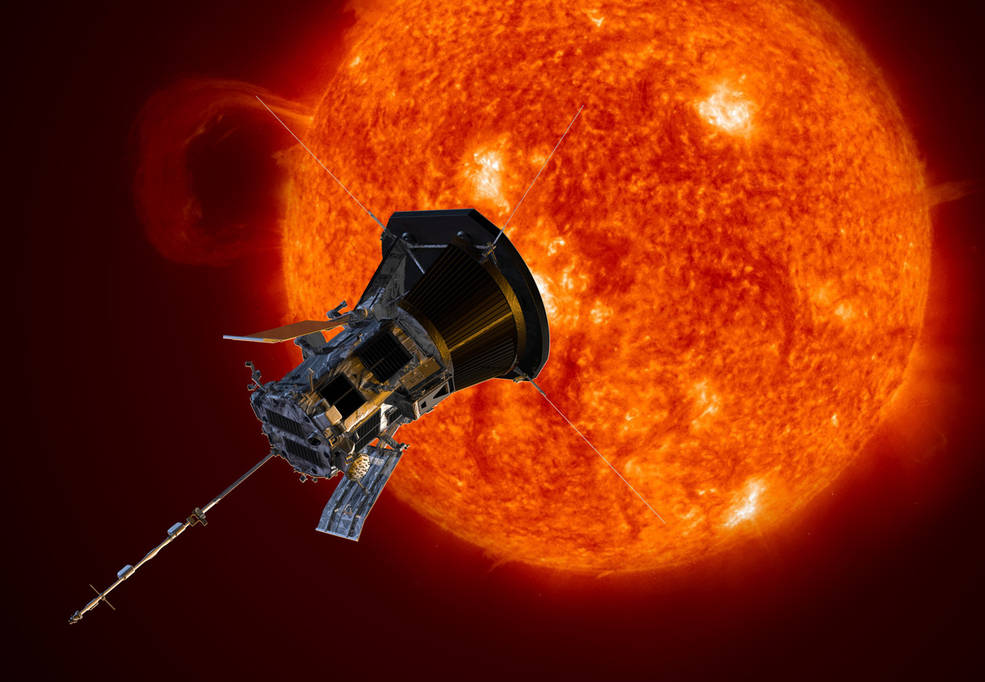
Software two decades in the making helps private space save time, money
Research balloons, satellites, and planetary landers may have little in common, but NASA has written a program that can help operate all these craft and more. This open-source software framework, called core Flight System (cFS), is similar to a smartphone operating system in that it serves as the foundation for apps developed to perform spaceflight functions. Now, Red Canyon Software Inc. is building those apps using cFS to help commercial space companies get into low-Earth orbit and beyond as quickly as possible.
NASA’s Goddard Space Flight Center in Greenbelt, Maryland, developed cFS to meet the needs of diverse missions ranging from high-altitude balloons to lunar-orbiting spacecraft. Agency engineers collaborated to identify the most common requirements for NASA flights, according to David McComas, former Software Engineering Division senior flight systems engineer. Now retired, he’s still involved with the user groups developing and maintaining cFS code and standards.

Because flight computer platforms vary significantly, the open-source code can be transferred across diverse types of hardware. That means apps don’t need a platform-specific interface, so they can be reused for different crafts and missions.
“Companies using cFS can start with less capital for flight software development costs and get to space quicker, achieving a quicker return on investment,” said Barry Hamilton, CEO of Denver-based Red Canyon. The space technology company has been able to expand into commercial space, which now accounts for 20% of its business, by using cFS to support entrepreneurs and established companies.
The code provides the foundation for a “highly customizable ecosystem for spacecraft development,” according to Hamilton. Red Canyon continues to add to its library of existing apps, called modules, which can be easily modified for multiple projects.
If using a sensor to take pictures, a cFS module will be nearly plug-and-play. Another app might simply read data from a sensor or perform more complex activities such as guidance, navigation, and control. The company is working on a simulation to verify and validate integration of the program modules with flight hardware. These resources help commercial space companies meet mission software needs more quickly than starting from nothing.
Many aerospace companies develop proprietary flight systems because each mission requires custom software – an expensive proposition. The flight software, which anyone can download at no cost, is an alternative. NASA invested two decades of expertise and flight heritage to create an exceptionally reliable, stable program for its own use, according to McComas. Making that available not only fulfills the agency mission to share technology, but it also allows users to contribute expertise to improving the program.
“The rapid growth of the aerospace industry is revealing a gap in flight software skills needed by the industry,” said McComas. Universities can use cFS to prepare a new generation of software engineers and programmers.
Red Canyon is creating a corporate culture around cFS technology, making it possible to quickly train employees and work effectively across projects. And software processes can be optimized utilizing automated testing and software that can be used repeatedly.
One of Red Canyon’s current projects supports Sidus Space’s LizzieSat constellation. The company will help design, develop, assemble, integrate, and deploy the satellites slated to carry custom science experiments into space.
“We can work with customers to develop a very customizable modular system,” said Hamilton. “That lets the company focus on the things only they can do, allowing new technology to get to market quicker.”
NASA has a long history of transferring technology to the private sector. The agency’s Spinoff publication profiles NASA technologies that have transformed into commercial products and services, demonstrating the broader benefits of America’s investment in its space program. Spinoff is a publication of the Technology Transfer program in NASA’s Space Technology Mission Directorate (STMD).
For more information on how NASA brings space technology down to Earth, visit:
By Margo Pierce
NASA’s Spinoff Publication



























